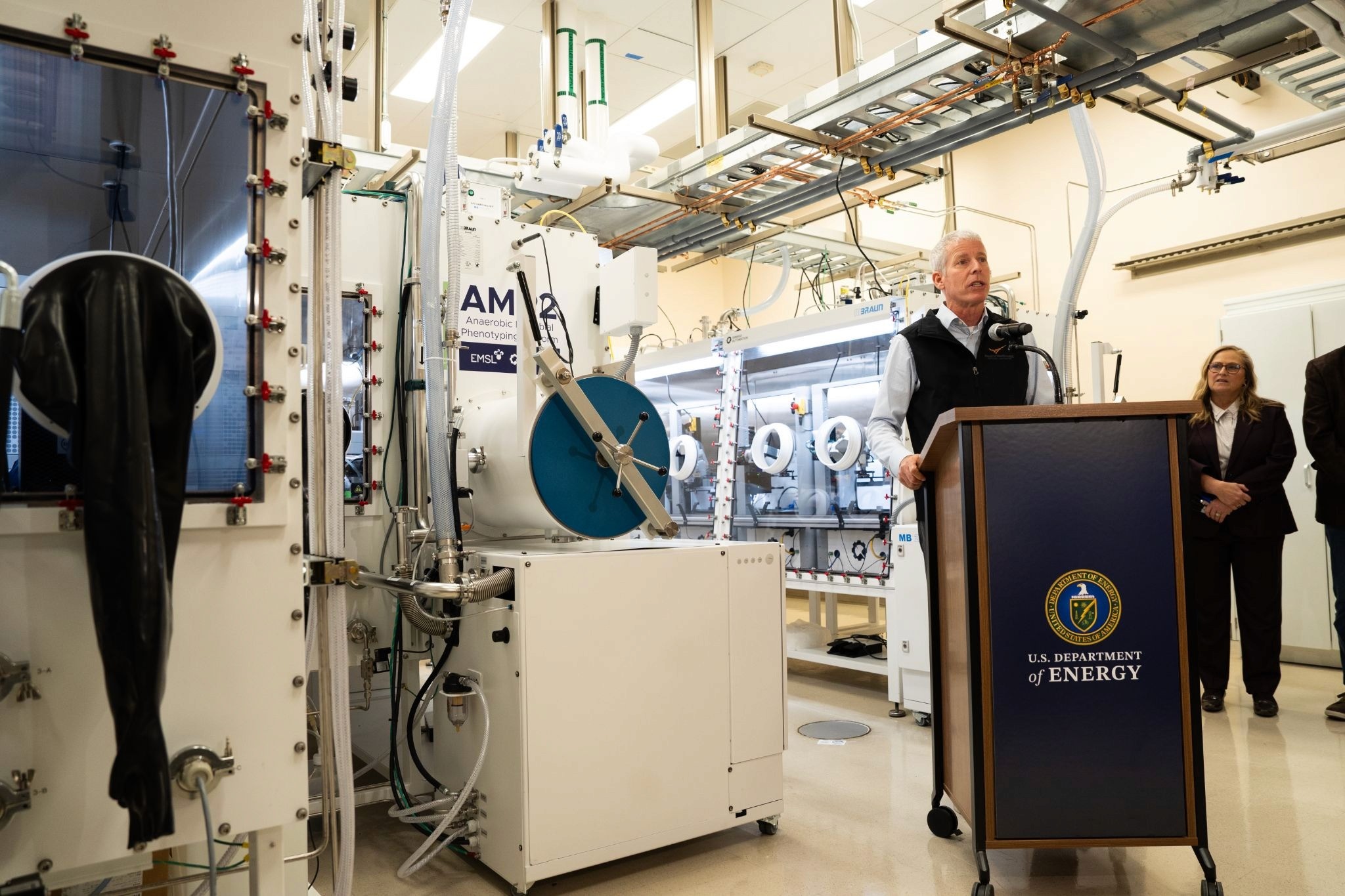Researchers Develop a Hybrid Approach for Efficient and Sustainable Bioprocess Engineering
The Hybrid In Silico/In-Cell Controller (HISICC) seamlessly integrates computerized feedforward control with genetically modified living cells, bridging the gap between predicted and actual outcomes in bioprocess engineering
Oct 12, 2023
AI Image Generated by DALL-E
Efficiency and yield are paramount in bioprocess engineering, however, a persistent issue known as Process-Model Mismatch (PMM) is a key limitation in optimizing these factors. PMM is a recurring problem in industrial bioprocesses, where predicted outcomes often deviate from actual results. Researchers from the Graduate School of Science and Technology at Nara Institute of Science and Technology and Fujita University have unveiled a pioneering method to address this key limitation. Their work, published in Scientific Reports seamlessly integrates computerized feedforward control with living cells, offering the potential for eco-friendly and cost-effective chemical and fuel production.

"To address the PMM issue with in silico controllers, we propose a hybrid control strategy that combines a high-level in silico feedforward controller and a low-level in-cell controller," remarked doctoral student Tomoki Ohkubo from the Graduate School of Science and Technology at Nara Institute of Science and Technology and Senior Assistant Professor Katsuyuki Kunida from Fujita University. This innovative approach, known as the Hybrid In Silico/In-Cell Controller (HISICC), merges model-based optimization with the integration of synthetic genetic circuits into living cells.
The HISICC system introduces a novel solution by combining two types of controllers - a computer-based feedforward controller and an in-cell feedback controller utilizing genetically modified living cells. The feedforward controller predicts optimal conditions, such as temperature and pH, while the in-cell feedback controller provides real-time data on intracellular components, a task that computer-based systems alone struggle to achieve.
In validation of their approach, the research team employed genetically modified Escherichia coli strains (TA1415 and TA2445) for the production of isopropanol, a versatile industrial product. TA2445, featuring the in-cell feedback controller, showcased the ability to efficiently regulate the production of isopropanol even under intentionally introduced PMM conditions, while TA1415, lacking the specialized genetic circuitry, couldn't offer real-time feedback on cell density.
The results were clear: the inclusion of the TA2445 strain significantly improved MTS circuit regulation, leading to higher isopropanol yields and demonstrating the effectiveness of the HISICC system in compensating for PMM. This approach ensures the reliable and efficient production of microbial materials in bioprocess engineering.
"The in-cell feedback controller in TA2445 effectively compensates for PMM by modifying MTS activation timing. The HISICC system presents a promising solution to the PMM problem in bioprocess engineering, paving the way for more efficient and reliable microbial bioprocess optimization," explained doctoral student Tomoki Ohkubo and Senior Assistant Prof. Kunida.
The significance of this landmark study extends beyond the laboratory, as it offers the promise of cost-effective and eco-friendly chemical and fuel production. In a world grappling with the challenges of global warming and climate change, this development could be a game-changer, aligning with global initiatives to address environmental concerns.


















